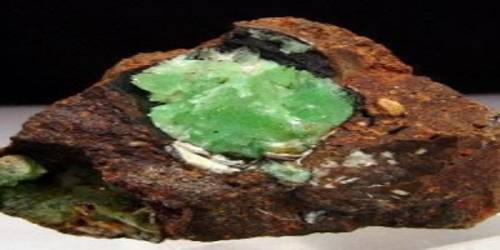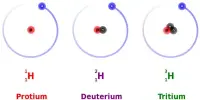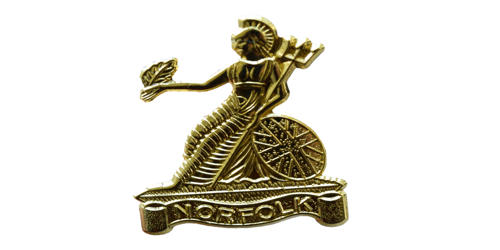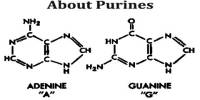Anapaite is a calcium–iron phosphate mineral with formula: Ca2Fe2+ (PO4)2·4H2O. It is rare and beautiful phosphate mineral. It is a mineral that typically occurs in cavities in fossil-bearing sedimentary rocks. It is also found in phosphate bearing iron ores and rarely in pegmatites. It is commonly found with goethite, siderite, and vivianite. It is not Radioactive.
It was named after the type locality on the Black Sea coastal region of Anapa, Taman Peninsula, Russia. Noted localities include Kertch (Crimea, Ukraine), Bellver de Cerdanya (Girona, Catalonia, Spain) and Valdarno, Tuscany, Italy.
General Information:
- Category: Phosphate minerals
- Formula: Ca2Fe2+ (PO4)24H2O
- Crystal system: Triclinic
- Crystal class: Pinacoidal (1)
- Space group: Triclinic.
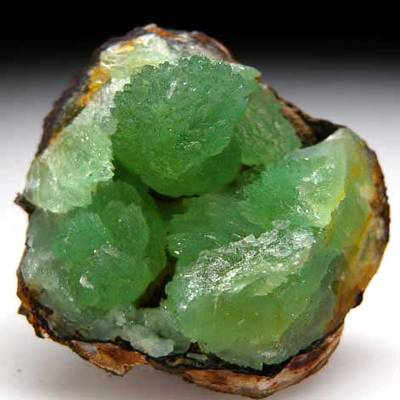
Properties
It is a calcium ferrous iron hydrous phosphate occurring in pale-green transparent triclinic crystals and in columnar massive forms (hardness 3–4, specific gravity 3.81)
- Color: Green, greenish white to colorless
- Crystal habit: Tabular of bladed crystals, radiating clusters, incrustations, fibrous, and in nodules
- Cleavage: Perfect on {001}, distinct on {010}
- Tenacity: Flexible
- Mohs scale hardness: 3.5
- Luster: Vitreous
- Streak: White
- Diaphaneity: Transparent
- Specific gravity: 2.8.
Uses
Its lime green color is attractive and is a jewel inside the otherwise uncrystallized remains of an ancient fossil shell. The scene almost reminds you of a virtual green pearl.
The triclinic crystals of anapaite are indistinct and this is very diagnostic, believe it or not! Perhaps it is the way or the environment in which anapaite forms, but the crystals look more like glass shards than like true crystals. Despite the lack of distinct forms, anapaite crystals are very different and would be a nice addition to anyone’s collection.
Information Source;
